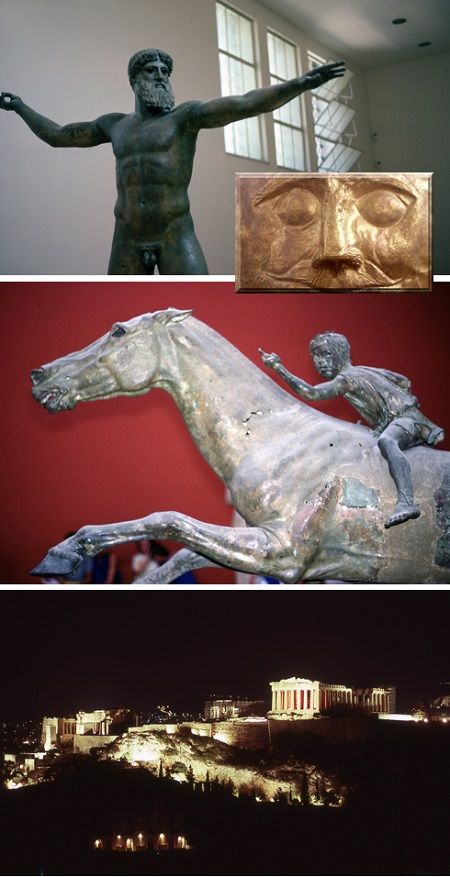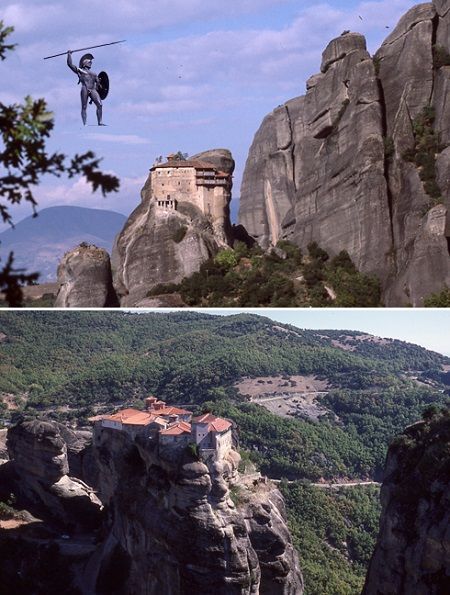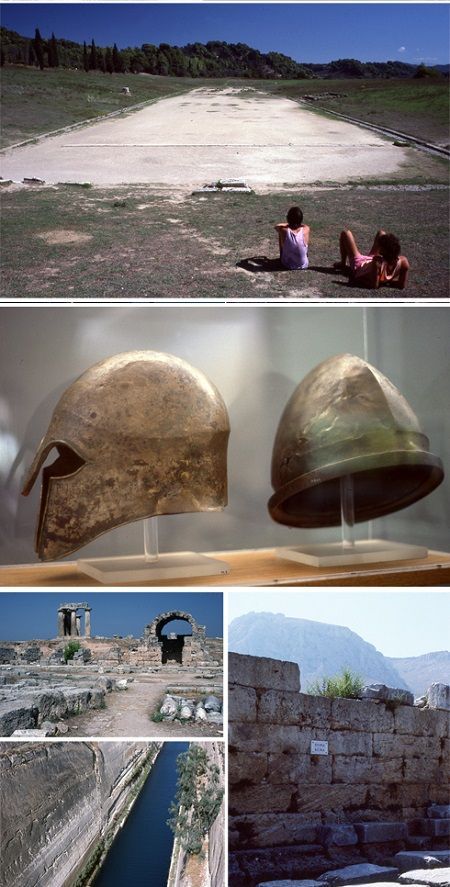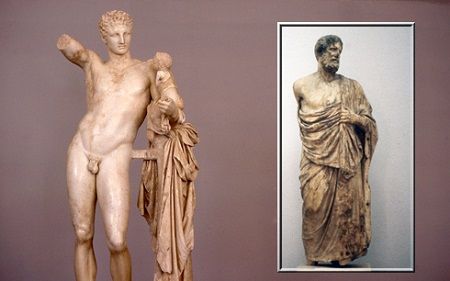Article
Should American Tourists Make Their Own Exit From Europe? Part 4
Author(s):
Let us continue in Part 4 with a look at Italy and Greece.
Let us continue in Part 4 with a look at Italy and Greece.
- Related: European Adventures Part 1, Part 2, and Part 3
When the American tourist got into the celebrated countries (of the 1920s European Grand Tour) such as Italy, Greece, and Austria in the later Post-World War II period, they faced, in my opinion, a confusing challenge: that despite their situation as part of the Axis Powers (or a country like Greece worn out by German invasion) they still retained enough tourism glamour to be able to set up relatively fast to appeal to post-war visitors. Thus, their tourist offices were set up fairly quickly.
Italy
If ever there was a home or depository for European bucket lists it would be the capital cities of Rome, Athens, or Paris; and so despite their place in World War II, we still go there today. We cannot not go, such is their fame, but their very fame has them too swamped to enable them to do a good job of handling visitors.
(Photography by the authour)

Rome, for example is magnificent: The Colosseum, the largest amphitheater ever built, still stands despite its abuse through the centuries as a structure to be cannibalized for any new building. Its final exterior cleaning thanks to the generosity of a wealthy Italian merchant in 2016 has really improved its appearance. The AD 175 statue of Marcus Aurelius, a delight for photographers and wedding couples on Capitoline Hill, is now protected; it was brought indoors in 1981 for safety against the weather. The Vatican and its museums is still there to satisfy its people and tourists can, as ever, throw a coin over their shoulder at the Fountain of Trevi to confirm they will come back another day to the Eternal city. And the cognoscenti will still find their way to Tre Scalini for the famous ice cream shop in the Piazza Navona.

Then there's Venice which can be a disaster in high season when visitors are overwhelmed by throngs with competing guides,' strident explanations or in low season when it will be cold and maybe flooded. But it's magical. Romantic. Exciting. Unique. You can't go to Italy and not at least once either of those cities, Rome or Venice. But once you've checked off any bucket list you might be free to tour the Tuscan countryside or maybe the Amalfi Coast.
Greece
Greece is much older than Italy. It preceded the Roman Empire and history books tell us that although Rome was acclaimed for its public health focus on clean water and nutrition for its citizens and armies, wealthy Romans sought out Greek physicians as their private doctor, such was the impact still of the teachings and legend of Hippocrates.
Now Greeks have a laissez faire (or whatever that policy is in the Greek language) attitude. This makes it hard to evaluate its contribution to early financial issues with the European Union or its role in being the closest part of the EU to the coast of Turkey. Some say tourism in Kos, an island seldom on any American’s destination list unless he is a physician, was not ruined by its proximity to Turkey and its floods of refugees — because it had already been changed by post-war activities.

Whether your fist choice in Athens would be to view the Acropolis by day or night, your steps might lead you to its National Archaeological Museum, one of the great museums of the world. Here, Zeus can be seen throwing his 460 BC thunderbolt or the Artemision Jockey surely winning his 140 BC horse race. Both statues were found in pieces on the ocean floor off Cape Artemision in the 1920 to 1930s. The insert is the 16th Century BC Mask of Agamemnon discovered at Mycenae in 1876 by the controversial German archaeologist Heinrich Schliemann who can be regarded now as an original Indiana Jones.
Athen's National Archaeological Museum does not have the exclusive right to show the treasures of Greece. Important museums are scattered over many locations which might suggest this is one country where using an upscale tour operator like Insight Vacations makes sense. There is just so much to see and the Greek language and its signs are essentially incomprehensible to the typical American tourist. Insight's costs of under $2 thousand for seven nights would appear to be a bargain.

A tour operator can take you up north to Meteora past the site of the Battle of Thermopylae and the statue that celebrates the stand made by Leonidas of Sparta and his 300 Spartans against a huge force of Persian invaders. Meteora, itself, and its 24 monasteries built atop almost inaccessible sandstone peaks in the 15th century (“the columns in the sky”) is now on the UNESCO World Heritage List.

If you use a tour operator, be sure the trip includes Delphi and will take you south through Corinth into the peninsula to Olympia — where winning athletes at the original Olympic Games actually commanded a respect then, not unlike what Michael Phelps attained at Rio 2016. You can see the track of the original games and even run on it then see, in the museum there, the very helmet of Miltiades, the winner of the Battle of Marathon. On the way back to Athens your tour may stop in Corinth where you can actually see the stone on which St. Paul reputedly stood to give his address to the Corinthians.

The Olympia Museum holds the statue of Hermes of Praxiteles that, carved around 340 BC, somehow with other artifacts survived the many centuries of looting and vandalism that followed the banning of the Olympic Games as a pagan ritual by the Christian Emperor Theodosius I. Praxiteles was the most famous of the 4th century BC sculptors in Athens and the first to sculpt the nude female form in a life-size statue. There is no suggestion that the statue in the right side of the image (in the Kos Museum) was sculpted by him. It is not even certain that it is of Hippocrates himself (but I like to think so).

There are, of course, many other interesting places to go in this “cradle of civilization.” If time allows, Cape Sounion remains as mystical as it was in ancient times when this point of land to the SE of Athens was the last part of their homeland Greeks saw when their ships left to conquer the then known world. It's still mystical although even lovers of Lord Byron's narrative poems were aghast that this lout carved his name on one of the marble columns. And if you want to see Santorini, you will have to fly or sail to that equally mythical spot. But if you have time, do it. Magical!
The Andersons, who live in San Diego, are the resident travel & cruise columnists for Physician's Money Digest. Nancy is a former nursing educator, Eric a retired MD. The one-time president of the NH Academy of Family Physicians, Eric is the only physician in the Society of American Travel Writers. He has also written five books, the last called The Man Who Cried Orange: Stories from a Doctor's Life.




